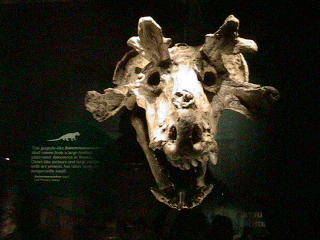As I related in the blog entry comments of "trademarks of the geometers II" it was from that perspective the relation developed on plate 47 and indications of YING Yang interconnectivity to oriental philosophy that I encouraged bubble idealizations.
I think he(meaning site linked on new views) understood immediately the reference I made to the "Taoist symbol" and the relation to the Calabi Yau, in terms of the rotation being complete. No singularity, but the turning inside out of the state of the current universe to expressions detailed in the culmination of such gravitational collapses. I had to look for examples like this.
This idea was based on example lead from geometrical insight, I had encouraged from the understanding of that same gravitational collapse. This was derived from correlative attempts to encourage such "geometrical dynamics" revealled in sonoluminence examples, set out in experimental fashion, that physics might have encouraged, and then related back to the maths.
I never really understood this inclination of myself, but drawing examples in society seemed to be the way of it, so that the understanding could have found examples. It couldn't be that abstract that we could not find some relation, could it?
It seems I cannot locate my list references to the idea of gravitational collpase so I will have to refill this article with links to help direct the attention I gained from observing this inherent geometrical inclination .
The glass cell used by Fink and colleagues, surrounded by the eight high-frequency sound generators
The team believes this method can be modified to make the bubble collapse even faster, which would lead to greater light intensities. This would allow physicists to study the relationship between pressure, light intensity and temperature in sonoluminescence in more detail
So the point here is not to take sonoluminece as "the process" but of looking deeper into the geoemtrical design that ask blackhole creation, to give indicators as to the depth and contact glast might reveal from a inception point, with viable measures detailled through "calorimetric evidence" and design.
From a cosmological standpoint, this helped me to see the values of the curvature parameters that exist at the outer most edge of our cosmos. Is it right I am not sure?


